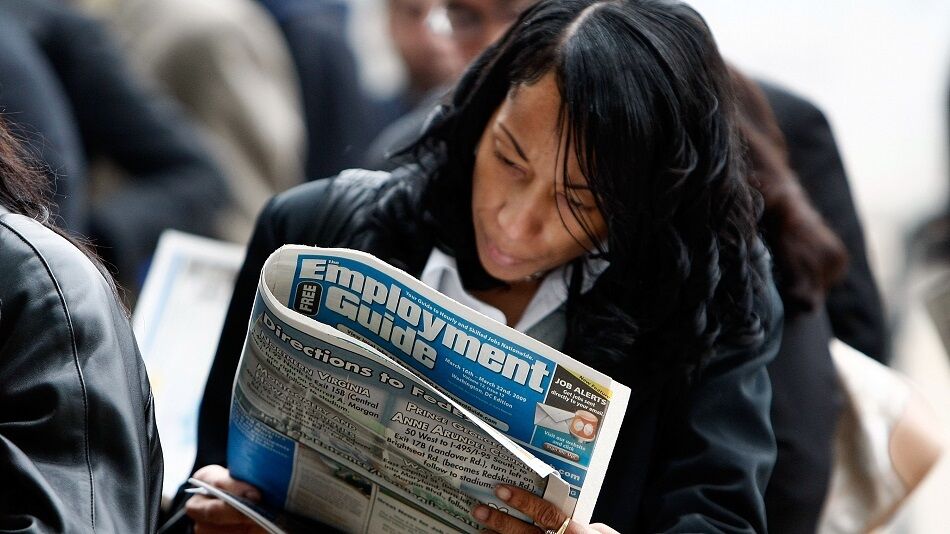(Bloomberg) — A roller-coaster week for markets is ending on that same note, with stocks almost wiping out losses on news Russia is willing to discuss a temporary truce in Ukraine if there is progress toward a final peace settlement.
Most Read from Bloomberg
The S&P 500 trimmed most of a slide that earlier approached 1%. The Nasdaq 100 is now down 9.8% from its record – moving away from the threshold of a technical correction. In the first signal of a positive response from President Vladimir Putin to US counterpart Donald Trump’s call for a ceasefire, the offer was conveyed at last month’s talks in Saudi Arabia between top Russian and American officials, according to people familiar with the matter in Moscow.
“What I do know is that volatility seems like the only thing that is certain at the moment,” said Kenny Polcari at SlateStone Wealth. “Investors should make sure they understand that and are prepared for what that means. So, make sure you are well diversified for this ride.”
Bond yields fell, after a mixed jobs report left intact traders’ expectations for three Fed rate cuts this year. The dollar was set for its worst week since November 2022.
US job growth steadied last month while the unemployment rate rose — a mixed snapshot of a market hanging on the balance of quickly changing government policy. Nonfarm payrolls increased 151,000 in February after a downward revision to the prior month. The unemployment rate rose to 4.1%.
“We are not putting much stock in the jobs report at the moment,” said Byron Anderson at Laffer Tengler Investments. “Today’s data was mixed at best, but we still have no clarity on the economy moving forward. Markets, businesses, and consumers do not like uncertainty and that means increased volatility.”
The S&P 500 lost 0.4%. The Nasdaq 100 slid 0.4%. The Dow Jones Industrial Average fell 0.2%.
The yield on 10-year Treasuries declined two basis points to 4.26%. The Bloomberg Dollar Spot Index fell 0.3%.
Wall Street’s Reaction to Jobs:
The solid February jobs report shows that the economy remains healthy, but fears of what could come next are likely to overshadow the positive news from today’s release. Investors are likely to temper their reactions to this morning’s data due to the perception of it being “already stale” given the rapid policy shifts coming from DC.
